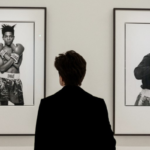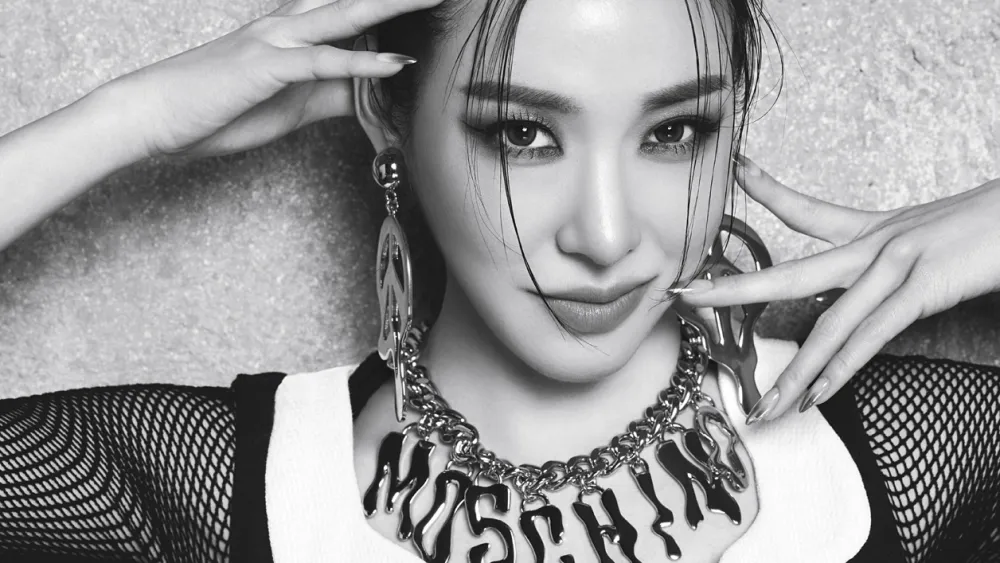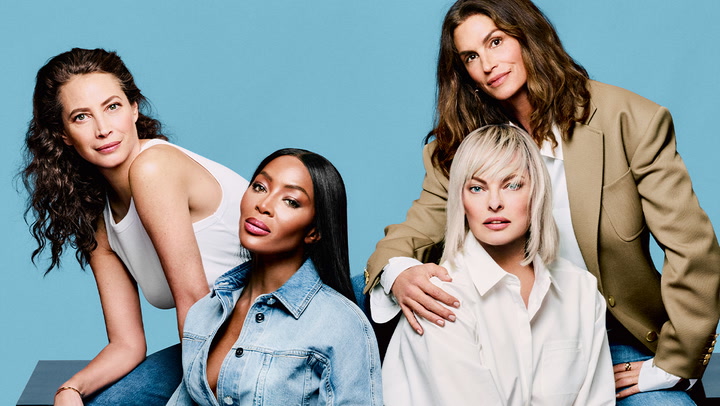In a major development within the luxury fashion realm, Tapesttry, the parent company of Coach, is poised to acquire Capri Holdings, the mastermind behind renowned brands like Michael Kors, in a groundbreaking deal worth $8.5 billion. Anticipated to finalize in the latter half of 2023, this strategic move is set to pave the way for the establishment of a prominent American luxury fashion conglomerate, boasting an impressive ensemble of six iconic brands: Coach, Kate Spade, Stuart Weitzman, Michael Kors, Versace, and Jimmy Choo.
A Fusion of Powerhouses: Tapesttry Creating an American Luxury Fashion Giant
The culmination of this acquisition will give birth to an entity with an estimated annual revenue of around $12 billion, thus ascending to the position of the third-largest luxury fashion group in the United States. Although notable in its own right, this conglomeration still remains in the shadow of its European counterparts, including LVMH and Kering, with towering annual revenues of $87 billion and $23 billion, respectively.
With the integration of Tapesttry and Capri Holdings, the global luxury landscape will undergo a transformation. Anticipating the fusion of these entities’ expertise to strengthen their competitive edge on a global scale.Tapestry CEO Joanne Crevoiserat aptly articulates the concept of “creating a new powerful global luxury house,” strategically situating it to “achieve more effective competition against the world’s largest luxury groups.” Echoing this sentiment, Capri CEO John Idol underscores that the acquisition will enable the acceleration of growth plans while cherishing the individual essence of their brands.

Navigating Regulatory Waters: A Strategic Move in a Challenging Climate
While the strategic alliance holds significant potential, we anticipate regulatory hurdles on the horizon. Even in the face of these challenges, relevant authorities are ready to approve the deal, highlighting the perceived potential and benefits inherent in such a union.
Neil Saunders, the managing director of GlobalData Retail, underscores the timing of the acquisition, suggesting that it is taking place amidst a period of relative luxury market deceleration, particularly in the North American sphere. Saunders points out that even high-income consumers are beginning to exhibit restraint in spending, exerting pressure on entities like Tapestry and Capri. This phenomenon has prompted these luxury conglomerates to shift their gaze towards international markets, fortifying their growth prospects on a global scale.
A Glimpse Beyond Borders: Tapesttry and International Market Penetration
The impending acquisition strategically positions both Tapesttry and Capri Holdings to broaden their horizons in international markets, thereby stepping up to rival the established European luxury fashion giants. The recognition of immense potential in international spheres and the pursuit of new avenues of growth drive this move. It’s an acknowledgment of the shifting dynamics within the luxury market, emphasizing the need to explore and capture emerging opportunities.
Furthermore, this acquisition serves as a pivotal means for Tapestry to diversify its portfolio and alleviate its reliance on the Coach brand. Tapestry positions itself to nurture resilience and versatility by uniting a range of brands that cater to distinct tastes and preferences. They allowing it to adeptly navigate the ebbs and flows of the luxury fashion landscape.
In today’s interconnected world, global dynamics and evolving consumer behaviors exert a growing influence on the trajectory of the luxury fashion industry. This acquisition emerges as a testament to adaptability and the pursuit of a sustainable future in an ever-evolving market. As the global fashion landscape undergoes metamorphosis, this strategic move may redefine the face of luxury fashion and reshape how consumers perceive these cherished brands.










